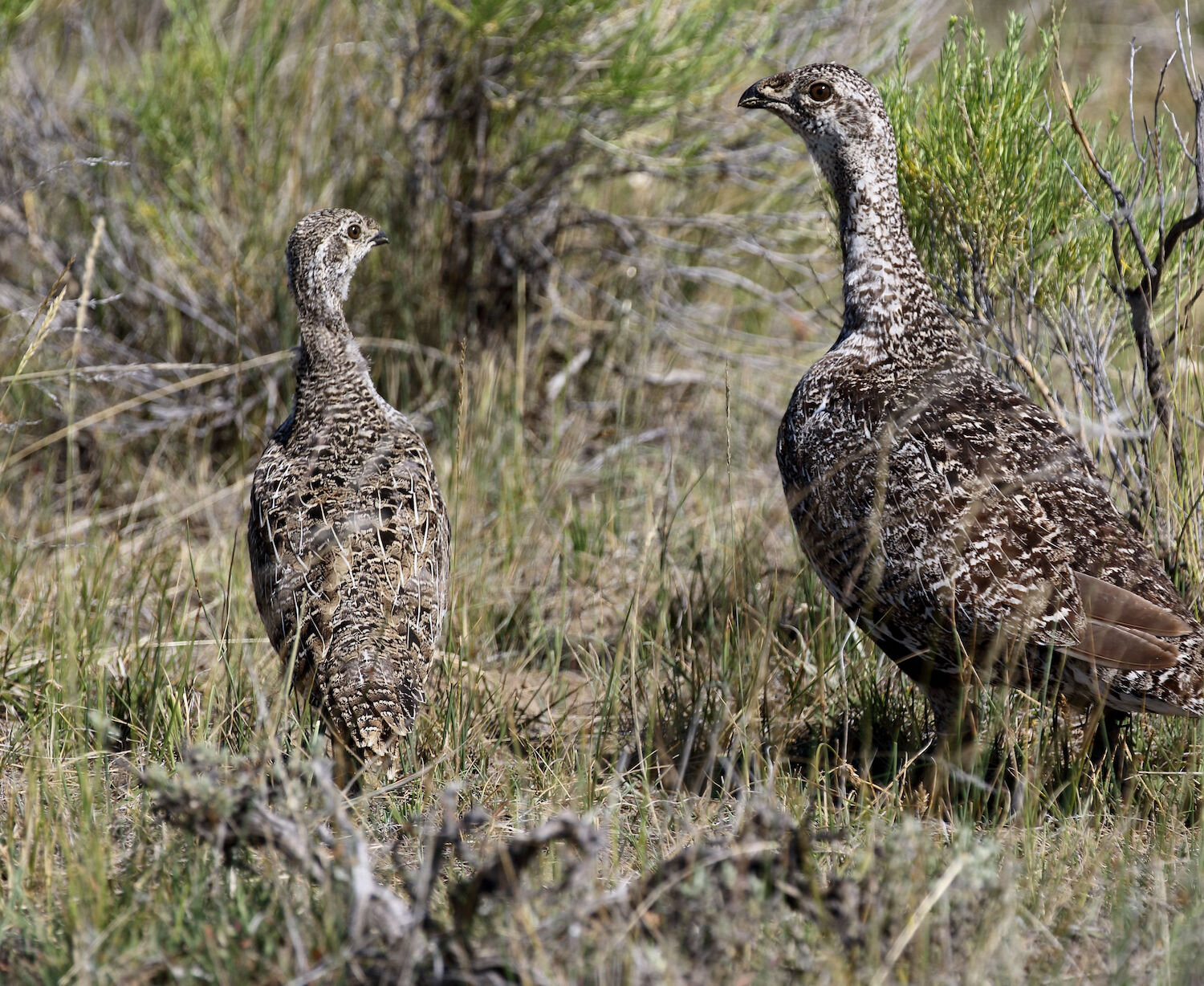Efforts to enhance sage grouse habitat through traditional management practices may prove to be ineffective and counterproductive, based on research conducted by a team of scientists from the University of Wyoming and other institutions.
Common strategies, such as mowing and herbicide application, aimed at improving habitat for sage grouse and other sagebrush-dependent species may not be effective. The theory behind these methods is that removing large sagebrush shrubs will create better food sources and increase invertebrate populations for sage grouse. However, a new study published in the journal Wildlife Monographs challenges this belief.
The research team conducted a nine-year experiment in central Wyoming to examine the response of sage grouse populations to mowing and herbicide application on Wyoming big sagebrush. The results showed that these treatments did not benefit the birds.
Jeff Beck, a professor of ecosystem science and management at the University of Wyoming and the principal investigator for the study, hopes that these findings will encourage managers to explore alternative ideas for improving habitat rather than relying solely on sagebrush reduction.
The study involved tracking the behaviors and survival rates of over 600 female sage grouse in response to the treatments, as well as monitoring the effects on invertebrate populations and vegetation. After six years of post-treatment monitoring, the researchers concluded that the sage grouse showed neutral responses to the treatments, with no influence on nest success, brood success, or female survival. Additionally, reductions in sagebrush cover resulted in slight avoidance by the sage grouse.
The researchers suggest that reducing Wyoming big sagebrush cover may have negative impacts on sage grouse and other species that rely on sagebrush shrubs for nesting and shelter from predators. They warn that expanding these treatments to larger areas may further harm sage grouse populations.
Based on their results, the researchers emphasize the importance of preserving large, undisturbed tracts of sagebrush to facilitate the persistence of sage grouse populations and other species that depend on the sagebrush steppe ecosystem. They also suggest focusing on removing encroaching pinyon and juniper, as well as invasive species like cheatgrass, which can alter the sagebrush ecosystem and disrupt fire cycles.
Overall, the study highlights the need to reconsider current sagebrush management practices and explore alternative strategies to conserve sage grouse populations and their habitat.
More information:
Kurt T. Smith et al, Response of greater sage‐grouse to sagebrush reduction treatments in Wyoming big sagebrush, Wildlife Monographs (2023). DOI: 10.1002/wmon.1075
Citation:
Research questions value of sagebrush control in conserving sage grouse (2023, June 26)
retrieved 26 June 2023
from https://phys.org/news/2023-06-sagebrush-sage-grouse.html
This document is subject to copyright. Apart from any fair dealing for the purpose of private study or research, no
part may be reproduced without the written permission. The content is provided for information purposes only.
Denial of responsibility! SamacharCentrl is an automatic aggregator of Global media. In each content, the hyperlink to the primary source is specified. All trademarks belong to their rightful owners, and all materials to their authors. For any complaint, please reach us at – [email protected]. We will take necessary action within 24 hours.

Shambhu Kumar is a science communicator, making complex scientific topics accessible to all. His articles explore breakthroughs in various scientific disciplines, from space exploration to cutting-edge research.


